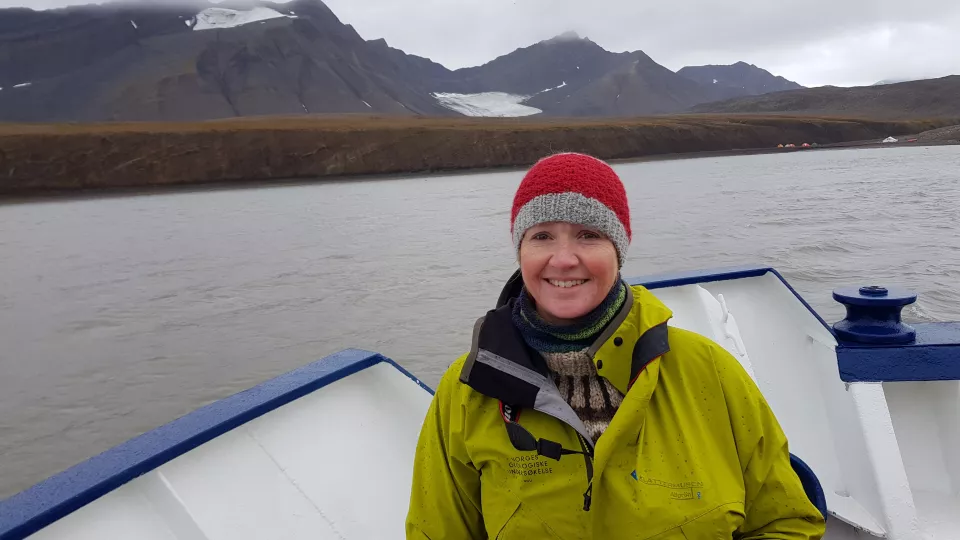What is your background and research interests?
I am educated at Stockholm University, as a Physical Geographer with strong Quaternary-geology profile, and did my PhD on the connection between physical processes in the landscape (Glaciers, Landslides etc) and the deposition of sediments in lakes, which can be used as climatic archives.
After my Phd I moved to Norway and my focus became landscape and landform development through landform- and sediment mapping on many different scales. The last 15 years I have moved in the direction of applied geology/geography for society when joining the Geohazard and Earth observation group at NGU. My focus has been research and development of susceptibility and hazard maps focused on steep-slope hazards. I was the leader in developing the first national susceptibility map for shallow landslides and debris flows in Norway in 2014, and am now leading the work to finalizing a updated version 2.0 of the same dataset.
I have been lecturing and working at the University Centre of Svalbard (UNIS) since around 2012. In this role, my focus have been both processes and landform development in an arctic, alpine permafrost setting and geohazards in a dynamic and rapidly changing environment. These themes have lead me to start working with mapping and understanding coastal processes and changes on Svalbard, which developed into an increasing research interest and activity the last 4-5 years.
What are your plans as a guest researcher at the institute?
I’m very much looking forward to meeting and collaborating with my Swedish colleagues both inside and outside the Theme. Visiting university departments in Lund and joining field-observations in Sweden. The recent large storm-event in south Sweden makes the latter part all the more interesting for me as a researcher.
I’m also hoping to get some scientific manuscripts on Arctic coasts finished and submitted for publication, at the same time as I hope to learn and widen my knowledge of non-arctic coasts.
How do you hope to benefit from your work with the Theme?
I’m hoping to significantly increase my knowledge and understanding of the south-Swedish coastal geologies and systems. I’m also looking forward to getting to know the overarching systems in the Swedish society that is relevant for handling coastal problems and opportunities in a changing climate and land-use situation. Both of these topics are of high interest and relevance for my work at the Geological Survey of Norway, and to our partner NVE (Norwegian Water Resources and Energy Directorate) in the handling of geological and environmental challenges and possibilities in Norway.
What do you reckon your main contribution to the Theme will be?
I hope to be able to contribute to the Theme both through my geological experiences from coastal and gravitational process systems in Norway and Svalbard and through my experience of how society and legislative practices may define and handle hazards and vulnerabilities created by natural processes.


